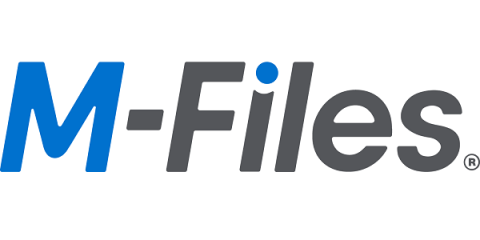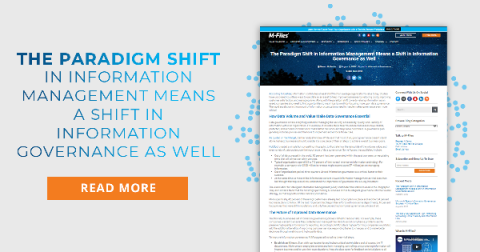Teams | Collaboration | Customer Service | Project Management
August 2020
[Infographic] How to Win at Information Lifecycle Management
Most organizations don’t leverage their information effectively. There are varied statistics out there but one assessment says that 60-73% of company data goes unused. It lies dormant in some repository, forgotten about, taking up space which costs money and may even violate compliance requirements.
4 Factors that Will Make or Break Your Remote Work Productivity, According to a Major Report
In July, the Organization for Economic Co-Operation and Development (OECD) published a policy brief with some tremendous evidence-based information on potential productivity gains from teleworking in the post-COVID-19 era. First, four key themes from the piece — supported by data and evidence — are: We wanted to take a moment to give you an abbreviated synopsis of some of the more interesting, actionable findings.
3 Steps to Right-Sizing Your Tech Stack in the New Normal of Remote Work
According to figures, before COVID, only 7% of workers in the U.S. had access to a “flexible workplace” benefit or telework. Now, 64% of US employees are working from home now, according to research conducted by SHRM’s COVID-19 Business Index. This swelling of remote work is spurring many organizations to reevaluate their suite of business applications and tech solutions.
The #1 Most Important Facet of Your Remote, Flexible Work Strategy
It’s no secret that remote work or telecommuting was gaining popularity in the United States over the past decade. According to one recent study, about 4.3 million people work remotely at least half the time — a number equivalent to about 3.2% of the entire workforce. All told, the number of people who work from home in some capacity has increased by an impressive 140% since 2005 alone — a trend that showed absolutely no signs of slowing down anytime soon.
Filling the Gaps in Office 365 and Microsoft Teams with Information Management
At this point, remote work isn’t just a common part of our lives. It’s essentially a ubiquitous one, thanks to the impact of the unexpected and ongoing COVID-19 pandemic. Even businesses that hadn’t embraced telecommuting in the past were forced to confront this tech-driven future sooner than expected, which has led them to turn to a wide variety of different solutions in an attempt to meet their needs.
Using Document Templates in M-Files | Intelligent Information Management System
The Paradigm Shift in Information Management Means a Shift in Information Governance as Well
According to Gartner, information contributes at least 20-25% of an average organization’s value today. Studies have uncovered countless ways to use data as an asset to help improve businesses by reducing costs, improving customer satisfaction, and managing risks. Along with the paradigm shift towards valuing information as an asset, companies also need to find opportunities to maximize its worth by focusing more upon data governance.
Microsoft Teams Information Governance Success: 4 Critical Keys
It’s no secret that winning organizations often find new and innovative ways to not only manage the information they’re creating on a daily basis, but to track it as well. This is true both in terms of the tools you’re using like Microsoft Teams or Outlook, and where that information is saved (like with SharePoint, Salesforce or even network folders). How can users take advantage of the communication and collaboration and still find Microsoft Teams information governance success?











